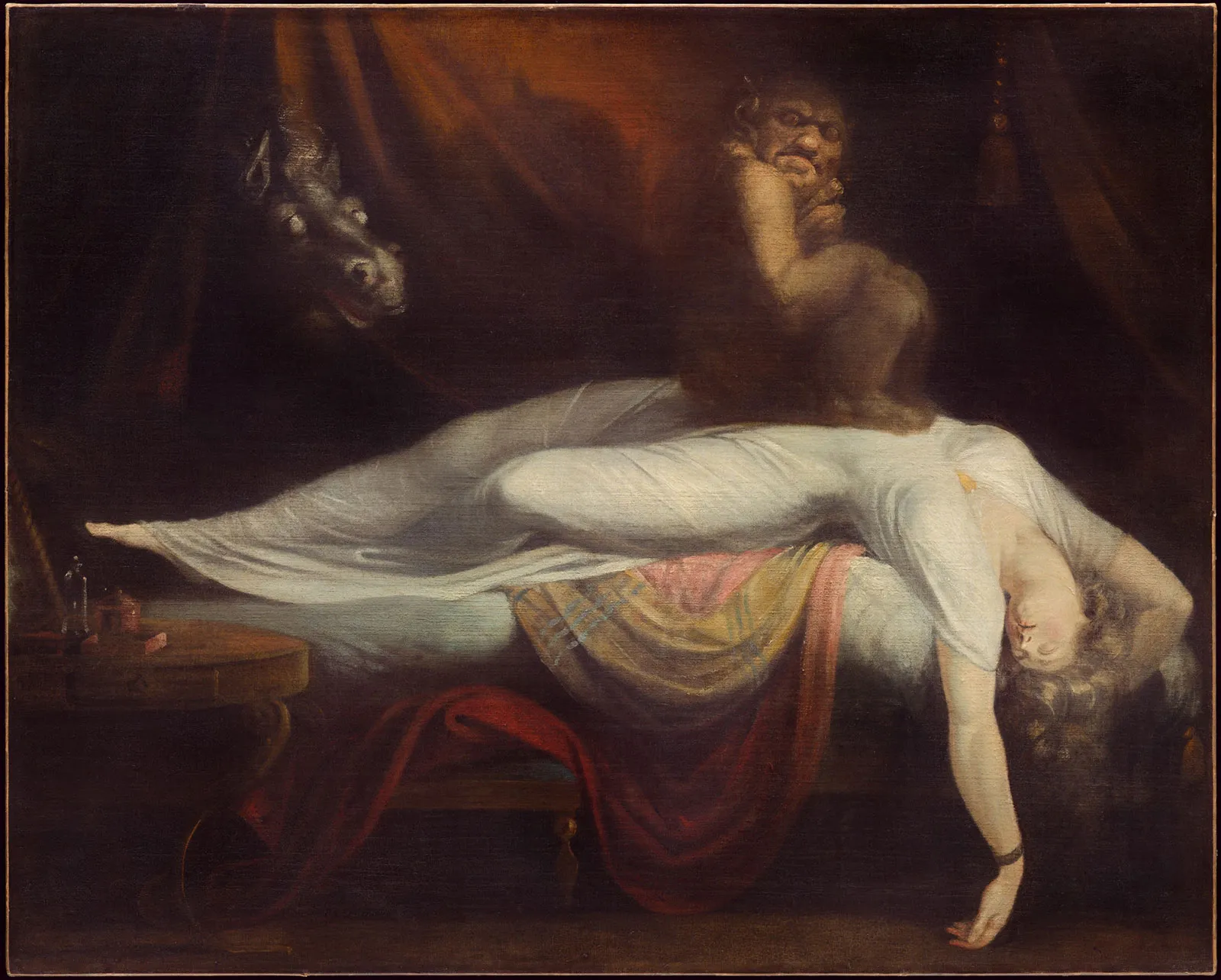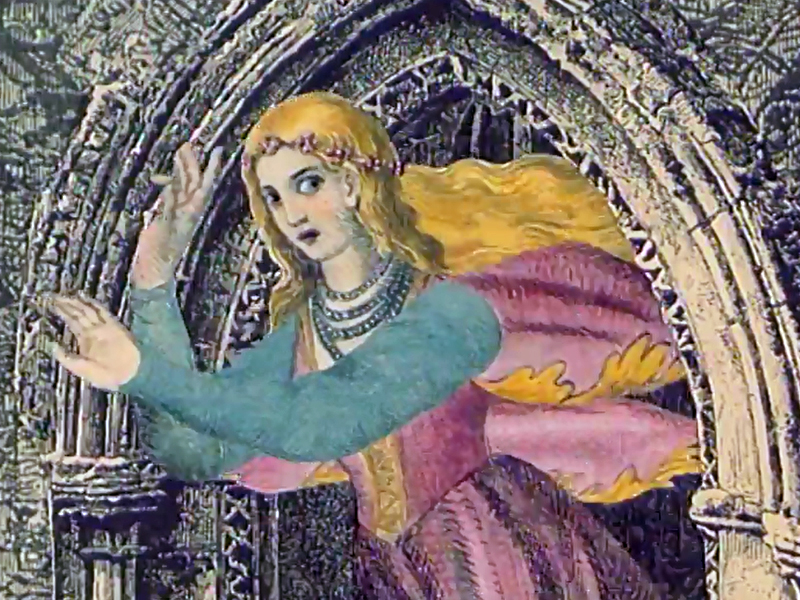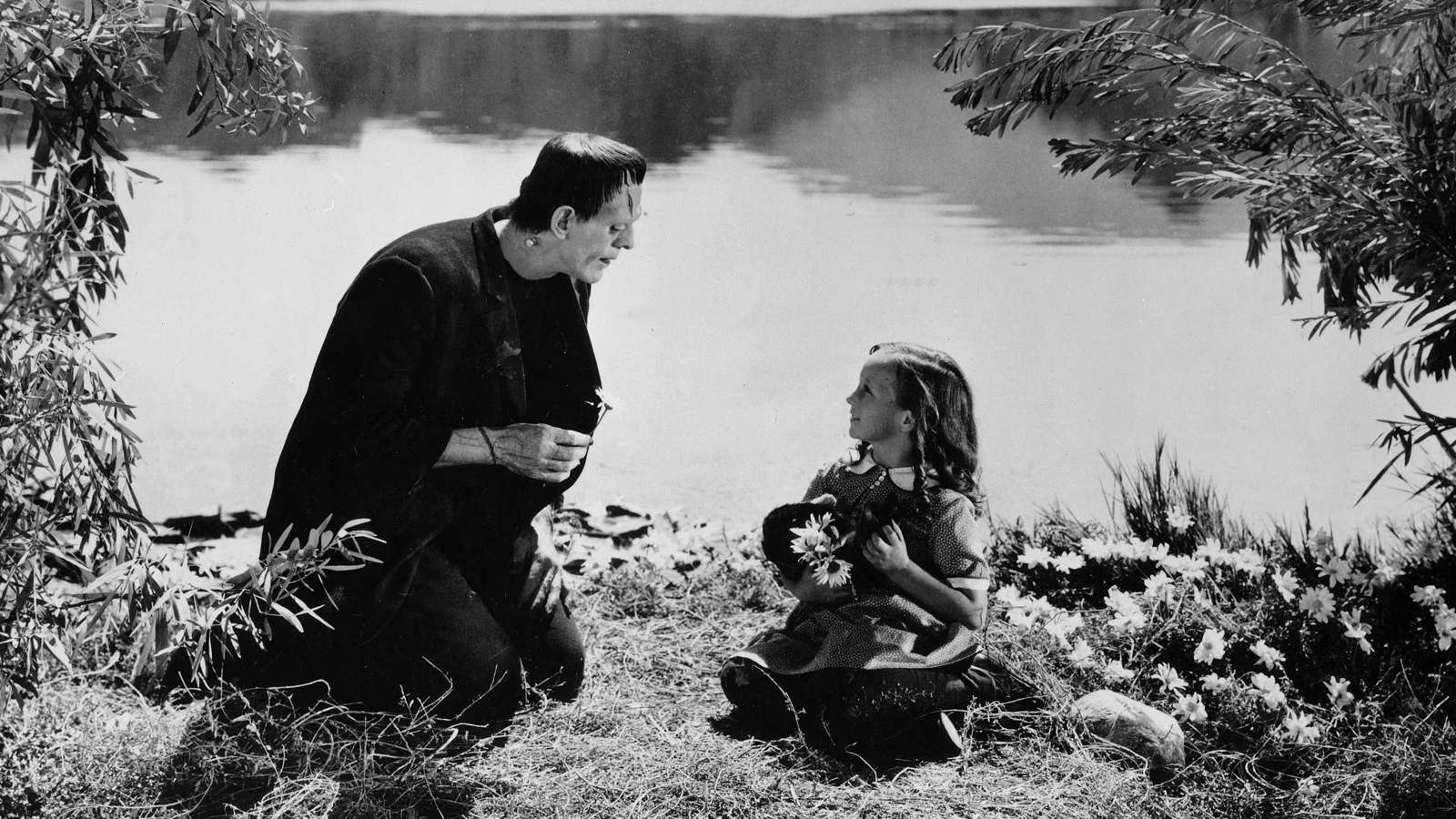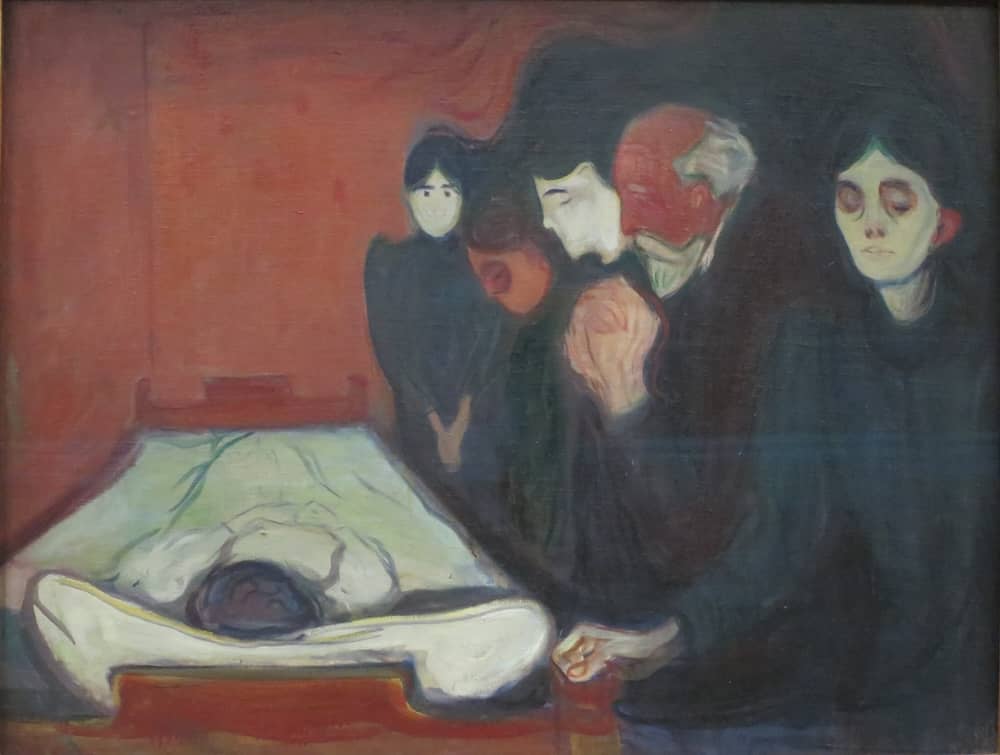By Athina Varvesioti,
Vampires, monsters, ghosts and other supernatural creatures, albeit often considered mere figments of humanity’s imagination, have adorned narratives that fall under the category of gothic since the term was introduced. At the times when gothic art, especially literature, was being subjected to harsh criticism from its opponents, common people would surrender themselves to the terror and anguish evoked by the frames of it. How can it be rationally explained that we are, even today, so fascinated by stories and images that, through their vileness and monstrosity, do nothing but exterminate every fibre of hope in us?
The gothic relies on the most obscure parts of the human psyche in order to elicit dread and angst, to assist mankind in understanding and accepting themselves. The audience that consumes gothic art and media usually finds themselves wavering between what they have been externalizing and what they have been hiding. Vampires, for example, tend to be interpreted as symbols for sexual repression; ghosts are the violent, fragmented reminders of the looming past. Most of the symbols and motifs encountered in gothic art exhibit resonance beyond their surface meaning, and its appreciators are well aware that they echo contemporary anxieties.
Yet, even when supernatural elements are absent, many works deserve to be characterized as gothic, by virtue of their narration of trauma through hauntings of characters, or the use of extreme mental states which denote despair and existential dread. The capacity of the gothic, being a nebulous genre, to delve into societal and personal traumas is what renders it a landmark in the history of art; perhaps no other genre or mode of writing has ever managed to polarize its audience to such an extent, to elicit both admiration and disdain. It does not function as a deterrent for the audience to not explore the daunting aspects of their existence; rather, it encourages them to do so.

When it comes to contemporary society, a constant, never-ending Gothic Revival seems to be taking place, either through the revitalization, the remaking and reinterpretation of already existing gothic classics, or through the creation of new gothic art, which either follows traditions or redefines the gothic in the context of a modern day world. If we examine contemporary society, we are bound to encounter alienation, isolation, and several examples of existential crises that penetrate everyday life. Since its very beginning, the gothic has been meant to challenge societal norms and present an image of a world that is collapsing, much like the ruined castles that constitute the setting of many gothic tales.
The decay that can be traced amidst words and pictures, the fear and trepidation that pierce through the characters and figures, much like they do when it comes to the audience, represent the decay of a world that has succumbed to pleasure emanated from the pain and anguish of others, a world that defies morality and embraces viciousness. The adaptability of such a genre is what heightens its appeal; it appears to have the ability to speak for every year, every decade and century, no matter how “dated” it might be. It has been said that we are living in gothic times, rightfully so.
Each and every piece of gothic art has been destined to place question marks at the end of sentences we have considered factual at every given time. An audience that seeks for solace or identification through art, is likely to turn towards the gothic, for among all the horrifying images it serves, it reassures them that many experiences are universal, and that other individuals, be they fictional or not, have lived through this, or worse. Being faced with something equally, or more distressing than one’s own experiences, often functions as consolation. Fabricating horrors in order to alleviate or eliminate one’s own is a form of comfort. The human brain works in strange ways.
But the power of the gothic does not stop there; it dismantles human thinking and reasoning, it exalts, in its own bizarre way the sentimental aspect of humanity and it deconstructs the idea of a rational, down to earth man. This heavy reliance on emotions at the expense of reason is one of the major characteristics of the gothic. Through its damsels in distress, the dark imagery and the ominous settings, it ventures to evoke every possible sentiment to a reader, for example, and eventually aims at the complete collapse of reason. As we are more often than not forced to utilize this so-called human reasoning in order to stand in society, we might feel the need to indulge in our most genuine sentiments, for they have never been considered a trustworthy compass when it comes to navigating through life. We tend to be oblivious to the fact that there is not just the brain, but the heart too; the gothic wishes to remind us in every possible way.

A commonly cited example of a gothic narrative that still holds audiences spellbound is Mary Shelley’s masterful Frankenstein, a tale of creation and obliteration, of humanity and monstrosity, of science and nature. What makes a gothic story that was the product of a bet back in 1818 so significant and alluring even when two centuries have already passed?
Shelley did not merely opt for a “scary story”; she delivered a cautionary tale warning the world that excessive ambition that is not accompanied by according responsibility is bound to bring about chaos. She blurs the border between humanity and monstrosity, by presenting the reader with the results of the creation of a creature that is abandoned by his creator, due to its gruesome physique. Victor, the aspiring scientist who defies nature and its laws by giving birth to an entity, acquires the role of the mother who neglects her child. The creature earns the sympathy of the majority of the readers, for he has been left with no one but his very own creator to confide in, only to face hatred and spite by him.
These circumstances lead him to wreaking havoc. So, who is the villain in this case? The novel’s ambiguity echoes modern day society, in that we too are faced with a severe morality crisis and an outburst of bestiality and primitiveness. Moral codes seem to have no power over humans anymore. The most crucial point made, however, is the dangers that come with science. Considering the way AI infiltrates every aspect of life and benumbs human reasoning (a very gothic concept), we can only confirm that what she has been warning us about all along is now taking place right in front of us. The enduring resonance of Frankenstein is evident in the modern adaptations that are still taking place to this day.

The gothic might have the capacity to terrify us, but it also urges us to consider and reconsider the current state of affairs. Thus, it is sure to never be stripped of its dominion as a genre, for fear and anxiety are fundamental human sentiments that are always linked to events and circumstances that permeate humanity at any given time.
References
- The Frankenstein’s monsters of the 21st century. BBC. Available here
- Why we are living in ‘Gothic Times’. BBC. Available here
- The Strange and Twisted Life of “Frankenstein”. The New Yorker. Available here




